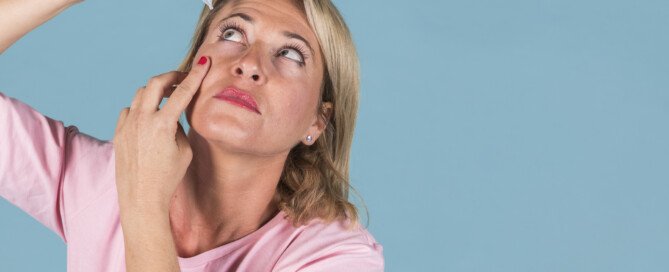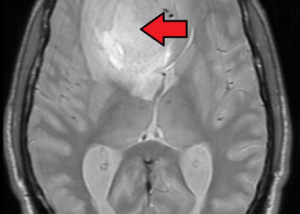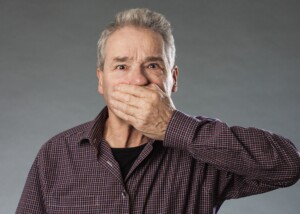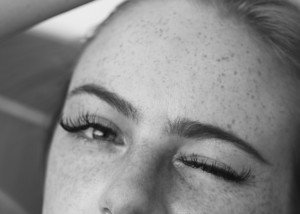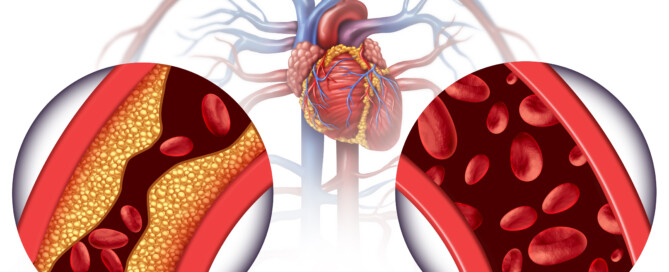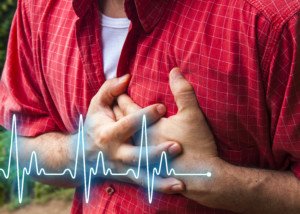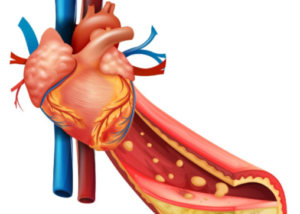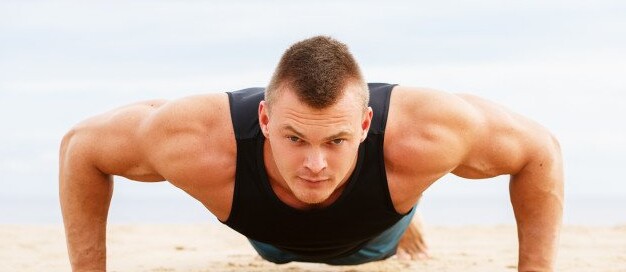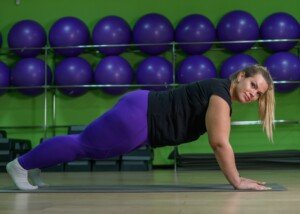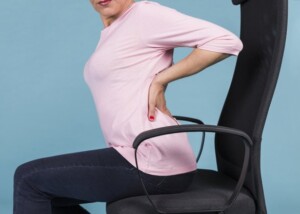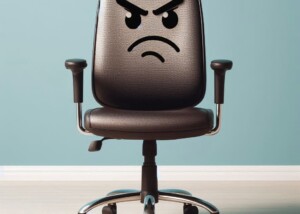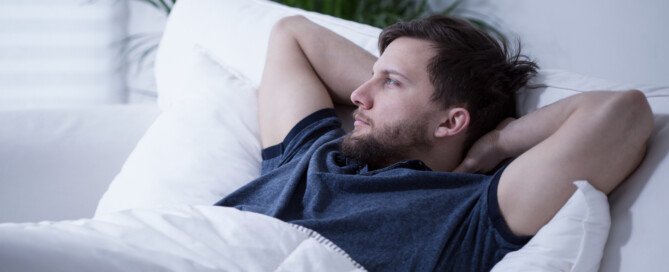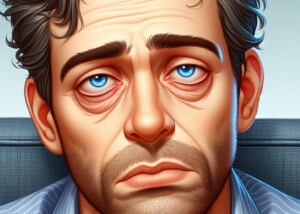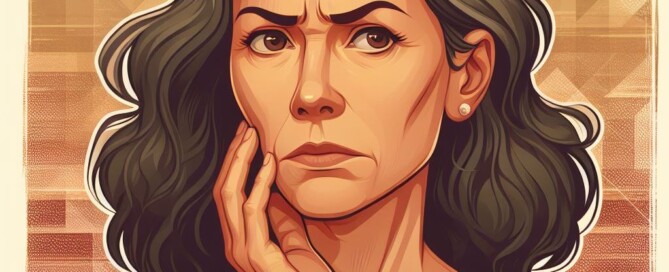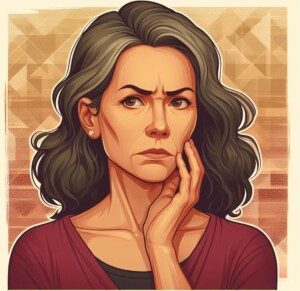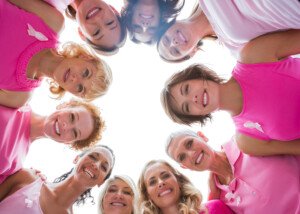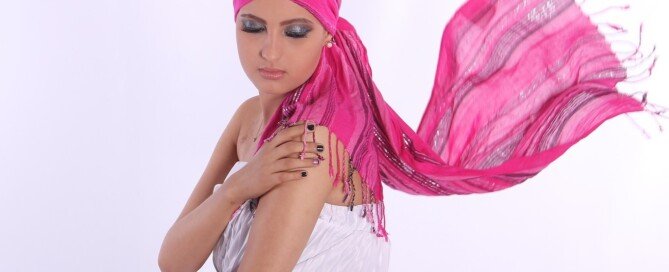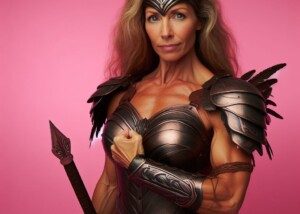Cause of Eyelid Twitch After Putting in Eye Drops & Prevention
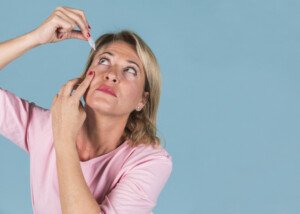
Does putting eye drops make your eyelid twitch? And does the twitching persist for quite a while after that?
What Kind of Cancer Causes Morning Diarrhea?

Can the sudden onset of diarrhea in the morning—especially ONLY in the morning—mean a certain kind of cancer?
Colon cancer, as well as ovarian cancer, are definitely known to cause diarrhea. (more…)
What Is Provent?
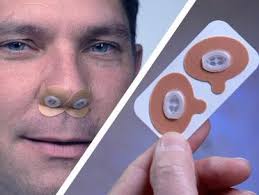
For some people with obstructive sleep apnea who can’t tolerate CPAP machines, Provent may be a godsend.
Just how does Provent work?
Provent is an FDA approved treatment for obstructive sleep apnea.
This nasal device has a valve design that attaches over the user’s nostrils.
It’s secured in place via a hypoallergenic adhesive.
As you breathe, the valve opens and closes. This redirects air through little holes, creating resistance when you exhale. This helps keep the airway open.
Each Provent device is single use and disposable, and must be prescribed by a doctor.
If a sleep study shows that the device lowers your apnea-hypopnea index to (on average) less than five per hour, then the device works.
However, people who faithfully use CPAP may also find that Provent is a convenient alternative treatment while they are camping or traveling somewhere where use of a CPAP would be cumbersome or not possible.
Symptoms of Untreated Sleep Apnea
• Excessive daytime drowsiness or sleepiness.
• The grogginess is not mitigated by napping; person fails to feel refreshed after a nap.
• Easily falling asleep while doing passive activities such as reading, working on a crossword puzzle, using a computer or watching TV.
• Dozing off in a vehicle while stopped at red lights.
• Waking with headaches in the morning that go away, without painkillers, within 30 minutes of being up and about.
• Difficulty concentrating or focusing on tasks; irritability.
• Someone telling you that while you sleep or nap, you stop breathing.
• Snoring or gasping in one’s sleep.
• Frequent trips to the bathroom overnight to urinate — not just the urge, but a good amount of urine coming out with each trip — despite abstaining from fluid intake in the hours before bedtime.
 Lorra Garrick has been covering medical, fitness and cybersecurity topics for many years, having written thousands of articles for print magazines and websites, including as a ghostwriter. She’s also a former ACE-certified personal trainer.
Lorra Garrick has been covering medical, fitness and cybersecurity topics for many years, having written thousands of articles for print magazines and websites, including as a ghostwriter. She’s also a former ACE-certified personal trainer.
.
Source:proventtherapy.com/provent-faq.php
Is There Really a Best Time to Drink Water ?
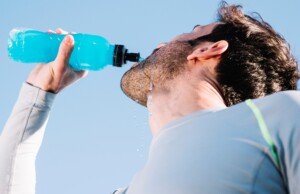
Other than when you’re thirsty or have signs of dehydration, does it really matter when you drink water? Or is the scheduling of water intake a bit too obsessive? (more…)
Natural Ways to Unclog Coronary Artery Soft Plaque

Soft plaque is unstable and can rupture, causing a heart attack; there are natural ways to unclog coronary arteries or kick back the soft plaque. (more…)
Do Pushups REALLY Work Your Abs?
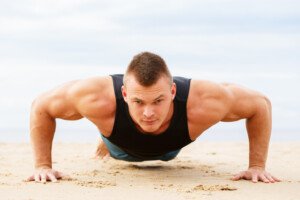
You’re not imagining it: Pushups really do work your abs.
Think about what actually happens when you do pushups:
Your abdominal region is the link between stabilizing your upper body and your lower body as you perform this multi-joint exercise. (more…)
How Bad Is the Sitting Disease for the Brain?
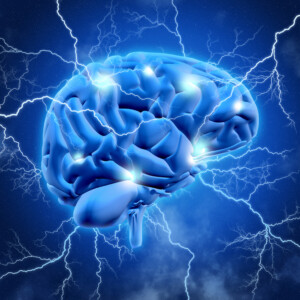
Since the sitting disease is so bad for the heart and blood vessels, it’s no surprise that it’s also bad for the brain.
There is just no escaping the harmful effects of sitting on your can many hours day after day.
It has now been discovered that sitting too much is associated with shrinkage of the part of the brain that involves recent memory formation. (more…)
Can Staying up Late and Sleeping in Make You Die Sooner?

If you go to sleep late and wake up for the day late, this could put you at risk for an earlier death, when compared to going to bed earlier and getting up earlier. (more…)
If Cysts Look Benign on Mammogram Can You Stop Worrying?
Under certain circumstances, a cyst on a mammogram can have a benign appearance, but under other circumstances, it can look very concerning to a doctor. (more…)
Is Slow Growing Breast Cancer Worse Due to Longer Existence?


